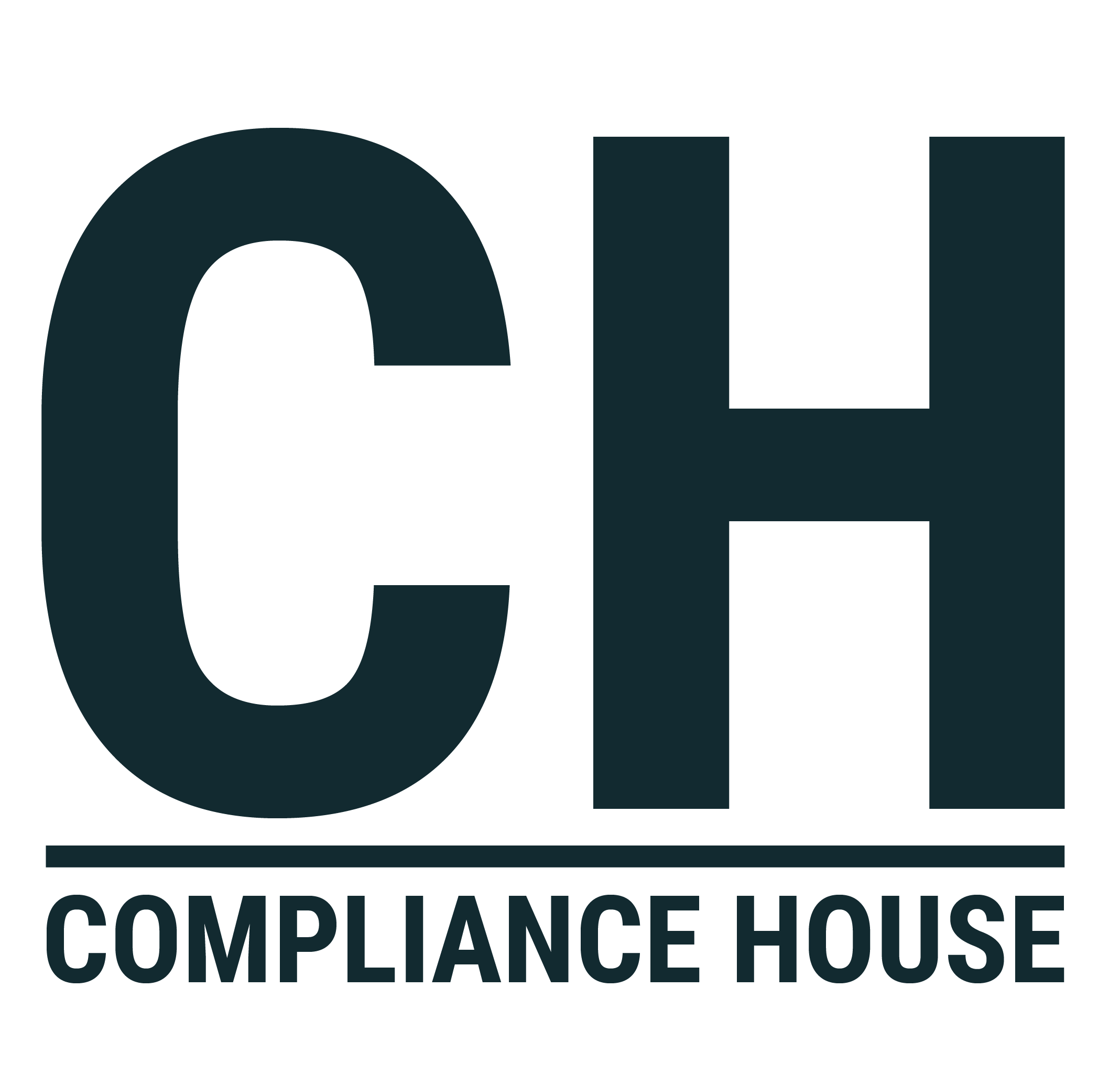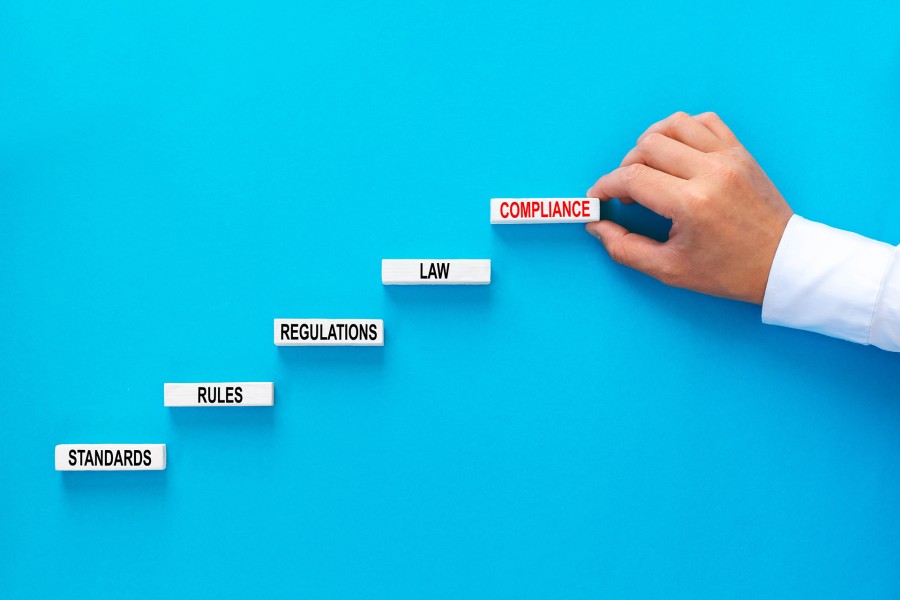In an increasingly interconnected business environment, compliance due diligence plays a pivotal role in mitigating potential risks. In the face of expanding global markets, more intricate regulatory environments, and rising expectations from regulatory bodies, ensuring robust due diligence processes is essential. These processes go far beyond corruption to encompass aspects like data privacy, export controls, and money laundering. The following guideline provides a 10-step roadmap to comprehensive compliance due diligence, ensuring your organization remains protected and compliant.
1. Define Your Risk Appetite:
- Clearly outline what level of risk your organization is willing to accept.
- Use a risk matrix to categorize potential threats based on their impact and likelihood.
- Remember, your risk appetite can and should be revised periodically based on changing market dynamics and internal factors.
2. Develop a Due Diligence Plan:
- Identify what information you need to gather, the sources, and the personnel involved.
- Determine the scope of the investigation based on the potential risk.
- Include provisions for ongoing monitoring in your plan.
3. Identify Relevant Third Parties:
- Not all third parties pose the same level of risk; identify those that require closer scrutiny.
- Consider factors like geographic location, industry, and the nature of the relationship.
- Maintain a database of all third parties for easy reference and risk management.
4. Gather Information:
- Rely on a mix of sources – internal data, public records, media coverage, etc.
- Use specialized due diligence tools and platforms where possible.
- Ensure accuracy and completeness of information.
5. Evaluate the Information:
- Analyze the information in line with your risk appetite and legal requirements.
- Look for red flags such as regulatory violations, litigation history, and negative media exposure.
- Seek clarification or further information where necessary.
6. Verify Information:
- Use external audits or investigations to confirm critical data.
- Where appropriate, consider site visits or in-person interviews.
- Remember that the burden of proof rests with the third party.
7. Risk Assessment:
- Use a risk assessment matrix to categorize third parties based on potential risks.
- Include factors such as financial stability, political exposure, and past legal issues.
- Regularly update your risk assessment as new information becomes available.
8. Create a Risk Mitigation Plan:
- Identify potential measures to minimize risk, including contractual provisions, training, or ongoing monitoring.
- Tailor your risk mitigation strategies based on the specific threats each third party poses.
- Regularly review and update your risk mitigation plans.
9. Documentation:
- Ensure that every step of the due diligence process is thoroughly documented.
- Use a centralized repository for easy access to documents.
- Documentation not only provides an audit trail but also supports decision-making processes.
10. Continuous Monitoring:
- Due diligence is not a one-time event; continuous monitoring is key.
- Regularly update your data and revise your risk assessments as necessary.
- Leverage technology to automate monitoring where possible.
Implementing these steps can significantly enhance your organization’s ability to manage third-party compliance risks. While the process may seem arduous, its importance in preventing potential legal issues, financial loss, and reputational damage cannot be overstated. Remember, successful due diligence is not static; it’s a dynamic, ongoing process that should evolve alongside your business and the broader regulatory landscape. Stay ahead of the curve, ensure your due diligence processes are robust, efficient, and effective.







